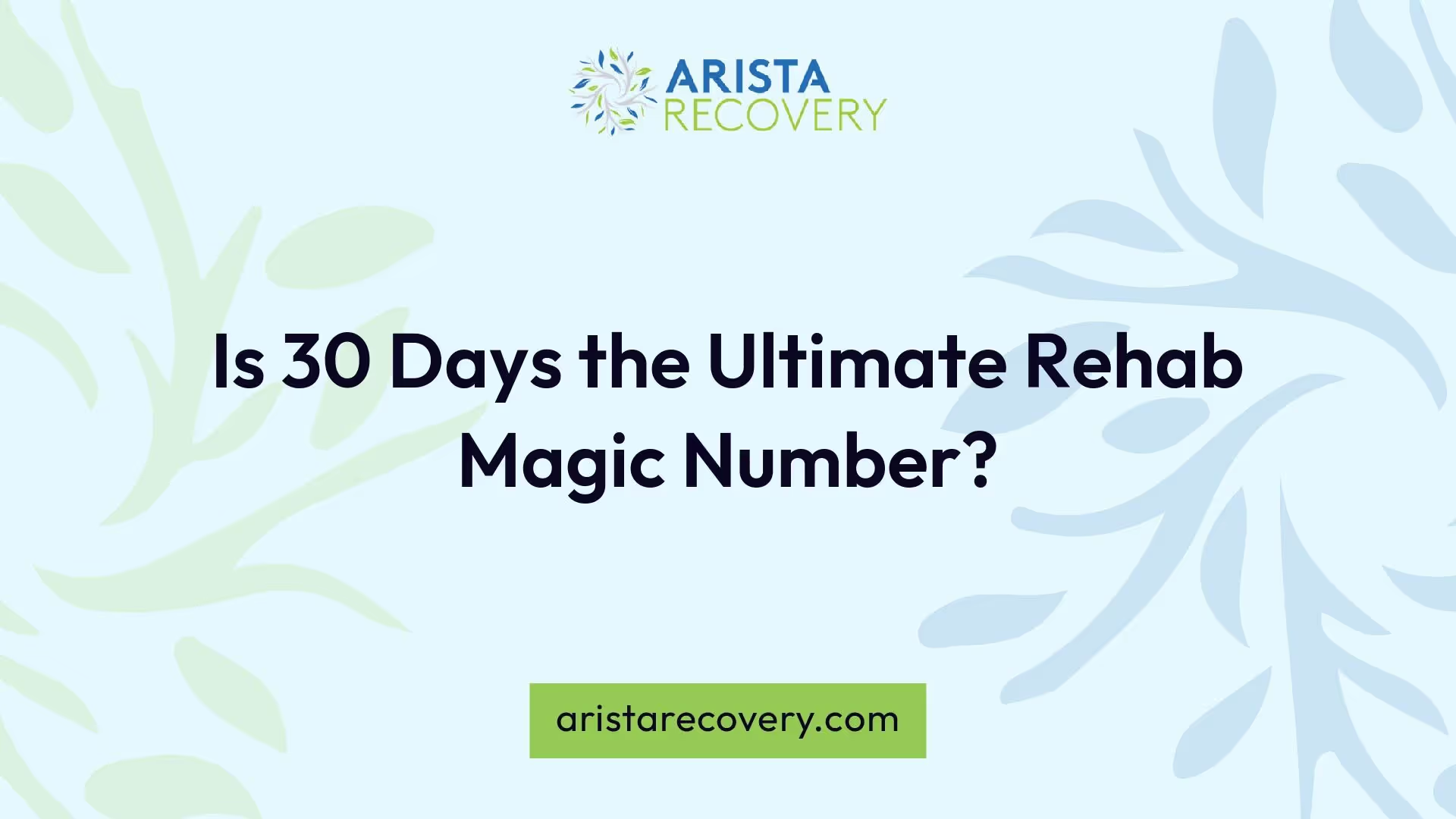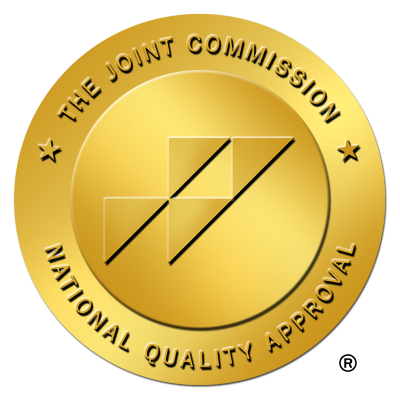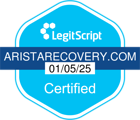Is 30 Days the Ultimate Rehab Magic Number?

Duration of Rehab Programs
The duration of rehab programs is a critical factor that influences the effectiveness of treatment for addiction. Many individuals considering rehab often wonder, "is 30 days the magic number for rehab?" While 30-day programs are popular, a deeper look into treatment options reveals more about the potential advantages of longer programs.

Impact of Long-Term Programs
Long-term treatment programs typically encompass residential programs ranging from 90 days to as long as two years. Research indicates that individuals who engage in treatment for at least 90 days experience significantly better outcomes. Studies show that extended participation in treatment can further enhance recovery success rates.
Duration of ProgramSuccess RateNotes30 DaysLower, variableOften considered a starting point but may not suffice for lasting sobriety.90 DaysHigherKey period for significant improvements in recovery.6-12 MonthsMuch higherProvides added support for sustaining sobriety.1-2 YearsHighestOptimal for complex substance use disorders.
Programs lasting six to twelve months have shown an increased likelihood of sobriety for those with substance use disorders. The longer individuals remain in a structured environment, the better their chances of achieving and maintaining recovery.
Benefits of Extended Treatment
Extended treatment brings numerous benefits beyond just the additional time in a supportive environment. It allows individuals to address underlying issues that contribute to their addiction. Longer programs can offer more comprehensive therapies, including individual counseling, group therapy, and life skills training.
Additionally, participation in extended rehab can lead to a stronger foundation of support. This continuity provides individuals with tools and strategies to cope with potential triggers and stressors in their everyday life. After completing rehab, the importance of aftercare programs cannot be overstated, as ongoing support significantly increases chances for long-term recovery.
National surveys have found that approximately one-third of individuals with alcohol use disorder (AUD) attempt to quit drinking each year, but only about 25% have lasting success. Completing the entire course of a treatment program and engaging in aftercare play crucial roles in overcoming substance use disorders. For more insights on the complexity of addiction treatment, explore our article on uncertainty in treatment for multiple attempts.
Success Rates in Rehab
Understanding the success rates in rehabilitation programs is crucial for individuals seeking help for addiction. One significant factor that influences these rates is the length of treatment.
Importance of Treatment Length
Research indicates that treatment duration plays a critical role in recovery outcomes. Long-term treatment programs, which can last from 90 days to a year or even longer, generally yield better results. Studies show that individuals who stay in treatment for at least 90 days tend to have more favorable outcomes; the benefits continue to grow with extended participation in treatment programs.
While completing a 30-day program can be considered an achievement, it's often just the initial step in a bigger journey. Extended treatment durations, ideally around 4-5 months, offer individuals the opportunity to address concurrent mental health disorders and practice crucial coping skills while receiving ongoing support during their transition to sobriety. This time is essential in reducing the risk of relapse and increasing the odds of a successful recovery (Clear Behavioral Health).
Treatment LengthRecovery Success Rate (%)30 Days5590 Days726 Months84
Statistics on Recovery Outcomes
Recent studies have illustrated the significant difference in recovery outcomes based on treatment length. A study found that the treatment success rate for individuals who underwent a 30-day program was only 55% after one year. In contrast, those who participated in longer treatment programs demonstrated an 84% success rate. This stark contrast underscores the benefits of opting for more extensive rehabilitation.
The increasing preference for 90-day rehabilitation programs indicates a growing awareness that 30 days may not suffice for effective recovery (safesoundtreatment). The focus on longer, more comprehensive treatment options speaks to the need for lasting recovery support and better outcomes for individuals struggling with addiction.
In summary, the length of rehabilitation is a significant factor in achieving successful recovery outcomes. The statistics clearly highlight the necessity of extending treatment beyond the often-sufficient 30-day mark. For more insight into the challenges faced during recovery, explore how naloxone is saving addict lives in Scotland or investigate various treatment approaches such as medication-assisted treatment and coping with pain management addiction.
Effectiveness of 30-Day Programs

The effectiveness of 30-day rehab programs is a topic of considerable debate in the addiction treatment community. While completing a 30-day program is often viewed as a significant achievement, it is essential to evaluate the pros and cons of such short-term treatments, as well as the risks of relapse.
Pros and Cons of Short-Term Rehab
30-day rehab programs can provide an initial step towards recovery and offer a structured environment for individuals seeking help. Here are some advantages and disadvantages of short-term rehab:
ProsConsProvides immediate access to treatment and supportMay not be long enough to address underlying issues or co-occurring disordersOffers a focused environment to start recoveryRisk of relapse is higher without continued support and aftercareHelps individuals develop initial coping strategiesPatients may leave feeling unprepared for real-world challenges
It is important to note that while these programs offer essential benefits, they might not fully equip individuals with the skills and support necessary for lasting recovery. Completing a 30-day program may be the first step, but extended treatment duration, ideally around 4-5 months, is often recommended to better support individuals on their journey.
Addressing Relapse Risks
A significant concern with short-term rehab programs is the increased risk of relapse after leaving treatment. Studies have shown that long-term treatment programs are associated with fewer and less severe relapses. Patients who remain abstinent for two years have a higher probability of maintaining sobriety for ten years (Samba Recovery).
To mitigate relapse risks after a 30-day program, continued support is vital. Options such as outpatient treatment programs, like partial hospitalization programs, provide structured reinforcement of the coping skills learned during rehab. Moreover, sober living homes create a supportive environment that bridges the gap between treatment and independent living, offering accountability during the transition.
Engaging with support groups like Alcoholics Anonymous (AA) or Narcotics Anonymous (NA) allows individuals to build a strong recovery community and connect with others who share similar experiences. This ongoing support is crucial for reducing the chances of relapse and fostering long-term recovery (Clear Behavioral Health). By understanding the strengths and weaknesses of 30-day programs, and implementing a solid aftercare plan, individuals can better navigate the challenges of recovery.
Aftercare and Continued Support
After completing an addiction rehabilitation program, aftercare and continued support play significant roles in maintaining recovery. These elements are essential to preventing relapse and fostering long-term sobriety.
Role of Aftercare Programs
Aftercare programs are designed to provide ongoing support following the completion of a rehab program. These may include outpatient treatment centers, sober living arrangements, individual therapy, and support groups. Each of these components serves to reinforce the coping skills learned during rehabilitation, address challenges that may arise, and explore underlying issues contributing to addiction.
A common type of aftercare is participation in sober living homes. These residences offer a substance-free environment that bridges the structured rehab experience and the independent lifestyle many face upon returning home. They provide necessary accountability and support during the transition back to everyday life (Clear Behavioral Health). The table below summarizes various aftercare program types:
Aftercare Program TypeDescriptionOutpatient Treatment CentersLess intensive, providing treatment while allowing daily life to continue.Sober Living HomesSubstance-free homes providing supportive environments.Individual TherapyOne-on-one counseling to address specific issues.Support Groups (e.g., AA, NA)Peer support for ongoing recovery and accountability.
Importance of Ongoing Support
Ongoing support plays a crucial role in a successful recovery journey. Engaging with peers, loved ones, and support groups after leaving treatment assists in building a strong recovery community. This support network offers accountability and encouragement that is vital for maintaining sobriety.
Moreover, organizations like Gateway Foundation provide alumni services that include relapse prevention support, meetings, and educational programming to aid in continued recovery. They maintain support networks through mobile apps, text alerts, and events designed to ensure an enduring recovery (Gateway Foundation).
To effectively transition back into daily life while mitigating the risks of relapse, it's important for individuals to actively seek out and participate in aftercare programs. Recognizing the importance of this support can significantly enhance the journey toward lasting sobriety.
Types of Rehab Settings
Choosing the right rehab setting is crucial for successful recovery from addiction. Each type of setting offers different levels of support and structure, catering to varying degrees of addiction severity. The two primary options are inpatient and outpatient rehab programs.
Inpatient vs. Outpatient Options
Inpatient rehab involves round-the-clock care with 24/7 support. Individuals reside at the facility during treatment, which allows for a highly structured routine. This environment is ideal for those who require medical supervision, have a non-supportive home life, or need to concentrate fully on their recovery. Key features of inpatient programs include:
FeatureInpatient RehabCare Level24/7 medical supervisionStructureHighly structured routineAccountabilityHigh level of accountabilityTreatment TypeIdeal for dual-diagnosis careDurationTypically longer stays are expected
On the other hand, outpatient treatment is less intensive and is suited for individuals facing milder cases of addiction or those with short-term substance use issues. It offers more flexibility, allowing individuals to transition more easily into their daily lives while still receiving support. Key benefits of outpatient programs include:
FeatureOutpatient RehabCare LevelFlexible, visits several times a weekStructureLess structured than inpatientAccountabilityCommunity support from peersTreatment TypeSuitable for mild addictionDurationMore tailored to individual needs
Outpatient treatments offer a variety of programs, including outpatient treatment centers and partial hospitalization programs. These options reinforce the coping skills learned in inpatient treatment and help address challenges faced during early recovery stages.
Structured Environments for Recovery
Both inpatient and outpatient settings can provide structured environments crucial for recovery. Inpatient rehab facilities typically offer a more controlled setting, ensuring that individuals are removed from their usual triggers. This separation from everyday life helps them focus solely on their recovery, receiving comprehensive care that includes therapy, medical assistance, and peer support.
Outpatient programs, while offering more freedom, also enforce structure by requiring regular attendance to sessions. This approach keeps individuals accountable and engaged in their recovery process. Many facilities implement random drug testing to maintain motivation and deter relapse, creating an additional layer of support during recovery.
Regardless of the setting chosen, the ultimate goal remains the same: to provide effective support and aid individuals in overcoming their addiction.
Factors Influencing Treatment Success
The path to recovery from addiction varies significantly among individuals. Several factors can influence the success of treatment, including tailored approaches and personalized care strategies.
Tailoring Treatment Approaches
A critical aspect of effective addiction treatment involves customizing approaches to meet individual needs. The treatment process can include various components, techniques, and settings that should be continuously monitored and adjusted as necessary. Specialized programs exist to address the specific challenges faced by different demographics, including women, adolescents, and minority populations.
DemographicSpecific Issues AddressedWomenPregnant/postpartum needs, traumaAdolescentsDevelopmental considerations, peer influencesMinority PopulationsCultural sensitivity, access to care
By addressing the unique concerns and backgrounds of individuals, treatment can become more relevant and effective, ultimately increasing the chances of a successful recovery. The best outcomes often arise from approaches that consider the individual's history, mental health, and social circumstances, highlighting the importance of a personalized strategy in the treatment of substance use disorders.
Personalized Care Strategies
Personalized care strategies greatly enhance the likelihood of successful outcomes in addiction treatment. Individual preferences, beliefs, and social settings can dramatically affect how a person engages with treatment. Tailoring these strategies to suit the individual can involve adjusting treatment methods, intensities, and duration based on personal feedback and progress.
For instance, respondents in a study highlighted that those who underwent methadone maintenance with higher dosages not only showed better client retention rates but also demonstrated less illicit drug use and improved personal circumstances. Such evidence suggests that individualized care plans could include dosage regressions or adjustments to individual counseling sessions based on response and recovery dynamics.
Moreover, successful addiction treatment often relies on continuing care following initial rehabilitation. Studies indicate that ongoing support and aftercare programs are pivotal in maintaining progress and reducing the likelihood of relapse (American Addiction Centers). Integrating personalized follow-up care sustains momentum by addressing the evolving needs of the individual throughout their recovery journey.
With various treatment settings available, including inpatient and outpatient options, individuals can select an environment that aligns with their lifestyle and needs. Research indicates that successful outcomes are achievable regardless of the setting as long as the treatment is personalized. The focus on individualized care not only supports recovery but also enhances the overall effectiveness of treatment approaches in the long run.
By tailoring treatment methods and employing personalized strategies, addiction treatment can be more effective, supporting long-term recovery for individuals facing substance use disorders.


